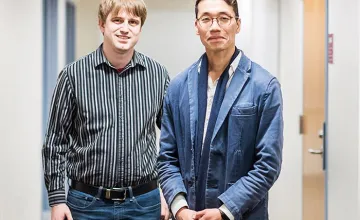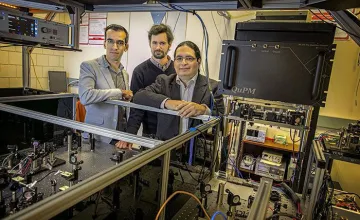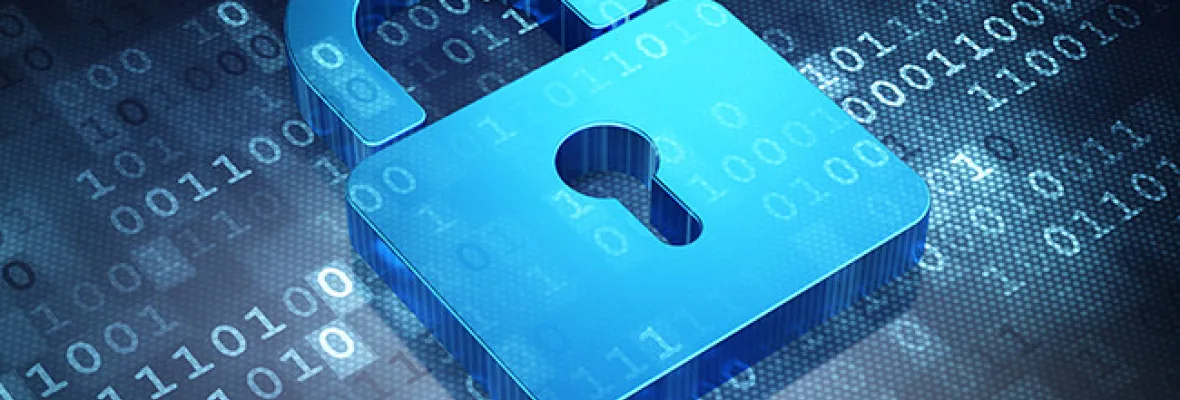As our society grows increasingly dependent on electronic networks for managing everyday life, running our economy, and defending the nation, cybersecurity has become one of our most pressing challenges.
Can we protect the power grid, telecommunication networks, financial data, “smart” products, and our private information, while still enjoying the benefits technology affords us?
AAU universities are helping answer that question, leading the way with multidisciplinary research, technology development, and education.

Martin Swany, a professor and chair of the Department of Intelligent Systems Engineering at Indiana University Bloomington, answers questions about his work with thermal imaging and electromagnetic probes.

Two Boston University computer scientists have developed a tool that could make it harder for hackers to find their way into networks where they don’t belong.

Researchers at Stanford University have developed a new system for aggregating usage reports from personal devices that emphasizes maintaining the user's privacy.

A team of researchers at Stony Brook University has developed a technology and prototype device based on quantum mechanics designed to prevent network hacking.
Explore More: Safeguarding the Connected World
You can sort by specialty area and/or by university.
Privacy policies for websites, smartphone apps and, especially, components of the emerging Internet of Things are usually ineffective or ignored by users, but Carnegie Mellon University researchers say properly designed privacy notices could help remedy that problem.
Website traffic security, one of the biggest concerns for a free and open Internet, has needed fixing for some time. The aging HTTP protocol, which is the default protocol in use by the majority of sites worldwide, is inherently insecure and provides no protection to sites or visitors from threats that range from surveillance through phishing and identity theft.
At the Association for Computing Machinery Symposium on Operating Systems Principles in October, a team of MIT researchers presented a new, untraceable text-messaging system designed to thwart even the most powerful of adversaries.
‘Data diary’ assignment in statistics class gets students thinking about big data and how their data is collected, used.
By using photons to communicate between two electrons through more than a mile of fiber optic cable, physicists have taken an important step toward proving the practicality of quantum networks.
